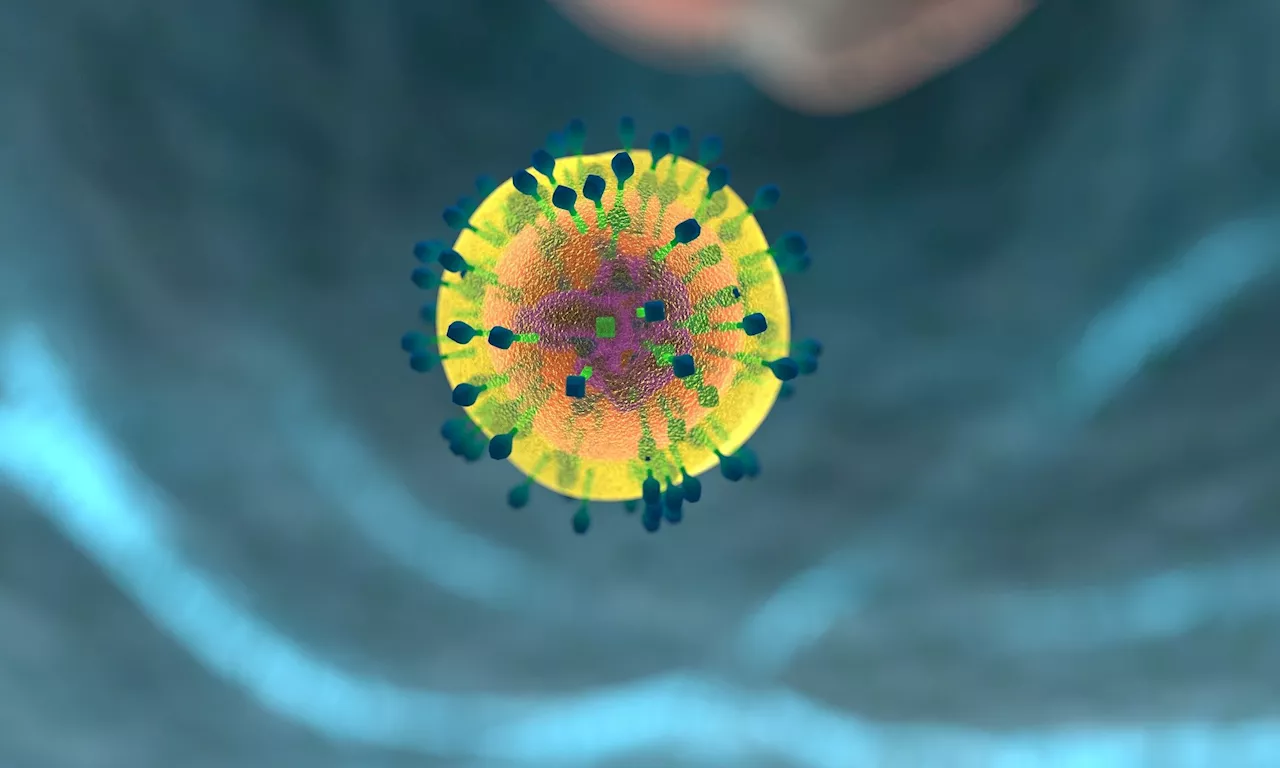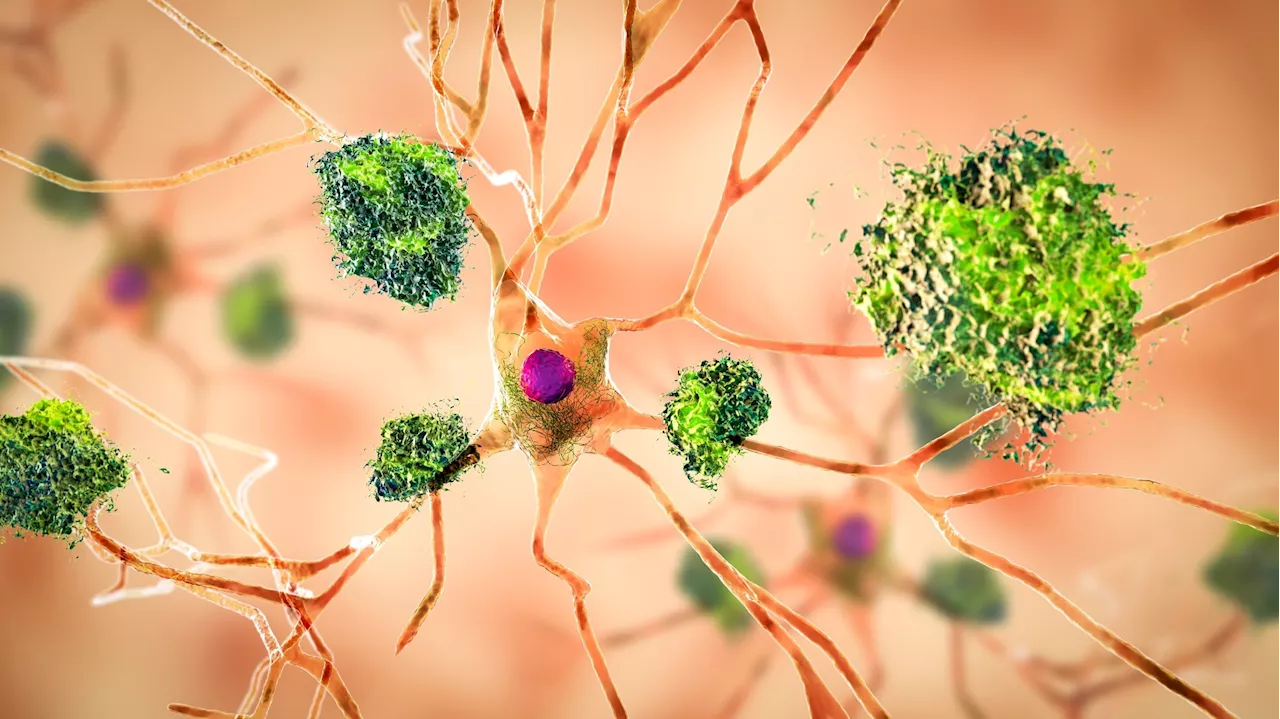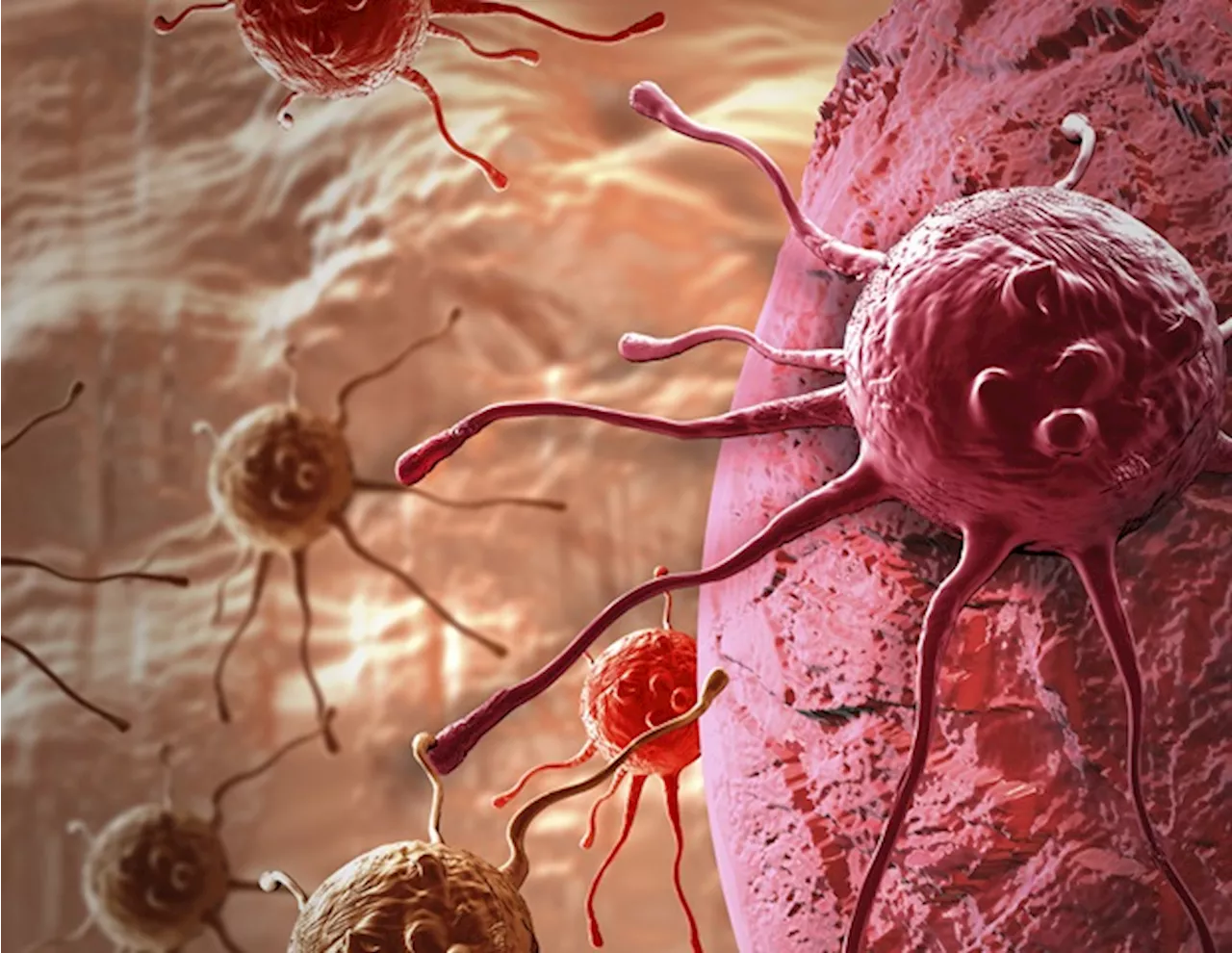A new tool for monitoring immune health patterns over time has revealed how a pair of checkpoint inhibitor therapies works together to recruit new cancer-fighting T cells with every infusion.
University of Pennsylvania School of Medicine Aug 29 2024 Findings from the use of the new tool, developed by researchers at the University of Pennsylvania Perelman School of Medicine and Penn Medicine 's Abramson Cancer Center , were published today in Cancer Cell .
We found that after every infusion, you have a new immune response, with a new group of T cells coming in to fight the cancer. Think about these T cells like an army: for many cancer patients, even when they have tumors growing, experienced T cell fighters are trying to slow down the advance of the enemy cancer cells.
Previous research has shown that exhausted T cells, the elite fighters, come from a source called progenitor cells. Anti-PD-1 immunotherapy taps into this source and eventually depletes the supply. In the current study, the researchers discovered that that anti-CTLA-4 therapy complements PD-1 checkpoint inhibitors by replenishing the supply of progenitor-exhausted T cells, adding more elite fighters to the ranks.
Immunotherapy Blood Cancer Immunotherapy Cell CTLA-4 Drugs Hospital Immune Response Medicine Melanoma Research
Nigeria Latest News, Nigeria Headlines
Similar News:You can also read news stories similar to this one that we have collected from other news sources.
 Combo immunotherapy produces distinct waves of cancer-fighting T cells with each doseA new tool for monitoring immune health patterns over time has revealed how a pair of checkpoint inhibitor therapies works together to recruit new cancer-fighting T cells with every infusion.
Combo immunotherapy produces distinct waves of cancer-fighting T cells with each doseA new tool for monitoring immune health patterns over time has revealed how a pair of checkpoint inhibitor therapies works together to recruit new cancer-fighting T cells with every infusion.
Read more »
 PET imaging and proteomics reveal distinct protein signatures in Alzheimer's disease progressionResearchers used PET imaging and proteomic analysis of cerebrospinal fluid to study amyloid β and tau tangle loads in Alzheimer's patients, identifying 127 proteins linked to disease progression. The findings highlight distinct molecular pathways and potential therapeutic targets.
PET imaging and proteomics reveal distinct protein signatures in Alzheimer's disease progressionResearchers used PET imaging and proteomic analysis of cerebrospinal fluid to study amyloid β and tau tangle loads in Alzheimer's patients, identifying 127 proteins linked to disease progression. The findings highlight distinct molecular pathways and potential therapeutic targets.
Read more »
 Study reveals distinct genetic risk factors for influenza and COVID-19A recent study in Nature Genetics reports that genetic risk factors for influenza and COVID-19 are distinct, highlighting their unique genetic architectures.
Study reveals distinct genetic risk factors for influenza and COVID-19A recent study in Nature Genetics reports that genetic risk factors for influenza and COVID-19 are distinct, highlighting their unique genetic architectures.
Read more »
 What are the clinical applications and biological functions of distinct CD3 subunits?This article explores the biological functions and clinical applications of distinct CD3 subunits.
What are the clinical applications and biological functions of distinct CD3 subunits?This article explores the biological functions and clinical applications of distinct CD3 subunits.
Read more »
 Ketogenic vs. low-sugar diet: Study reveals distinct metabolic effects and fat loss benefitsA ketogenic diet and reduced free sugar intake both lead to weight loss but have different effects on glucose tolerance, lipid metabolism, and the gut microbiome, with the ketogenic diet showing unfavorable metabolic changes.
Ketogenic vs. low-sugar diet: Study reveals distinct metabolic effects and fat loss benefitsA ketogenic diet and reduced free sugar intake both lead to weight loss but have different effects on glucose tolerance, lipid metabolism, and the gut microbiome, with the ketogenic diet showing unfavorable metabolic changes.
Read more »
 Researchers identify distinct molecular profiles in Down syndromeA new study published in Nature Communications by researchers from the Linda Crnic Institute for Down Syndrome (Crnic Institute) at the University of Colorado Anschutz Medical Campus reports a significant breakthrough.
Researchers identify distinct molecular profiles in Down syndromeA new study published in Nature Communications by researchers from the Linda Crnic Institute for Down Syndrome (Crnic Institute) at the University of Colorado Anschutz Medical Campus reports a significant breakthrough.
Read more »
